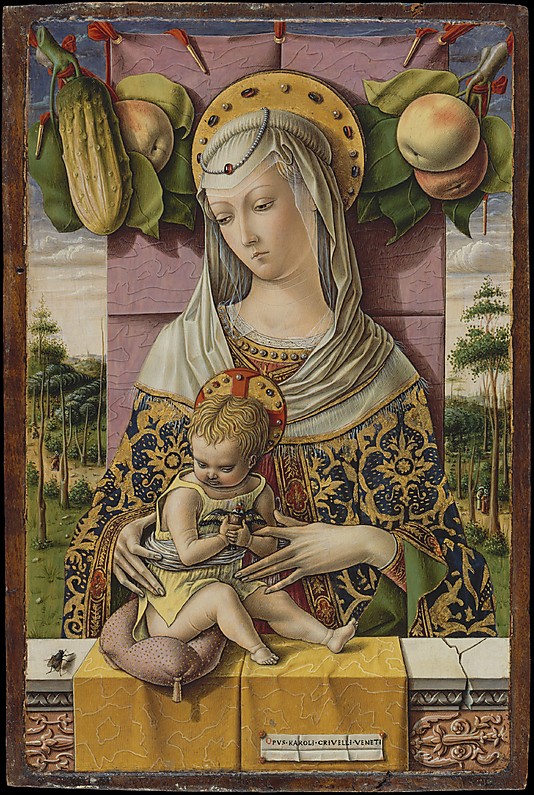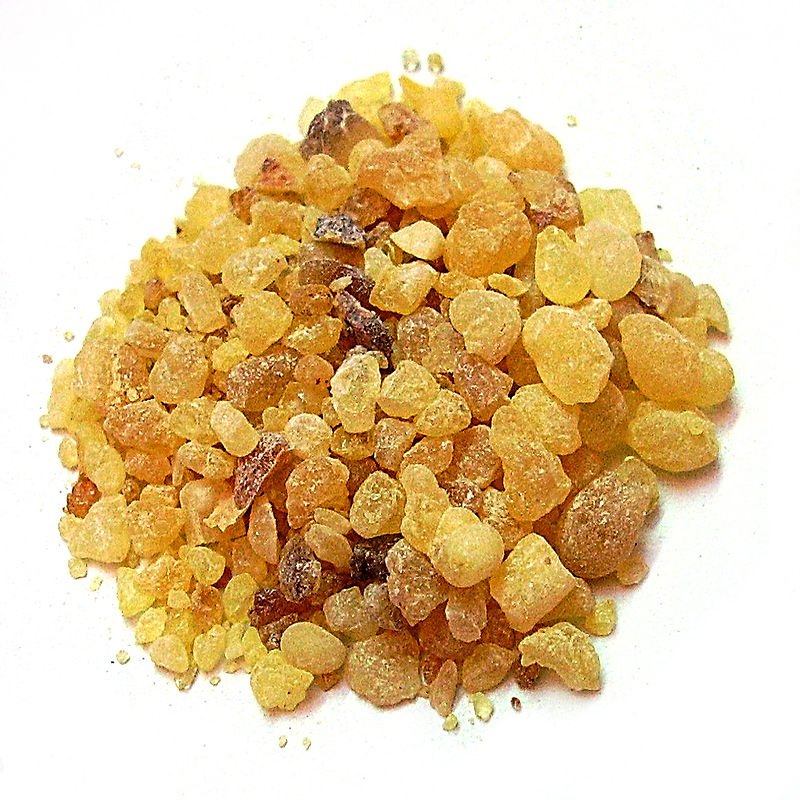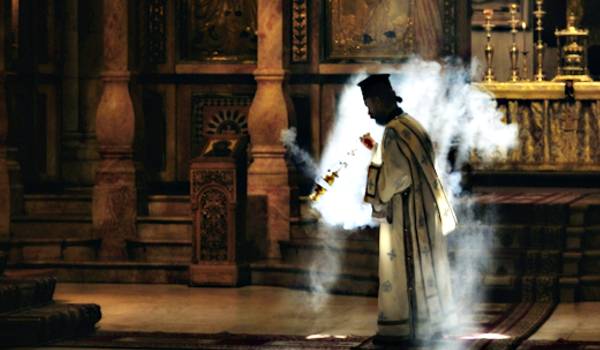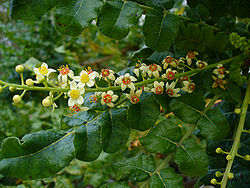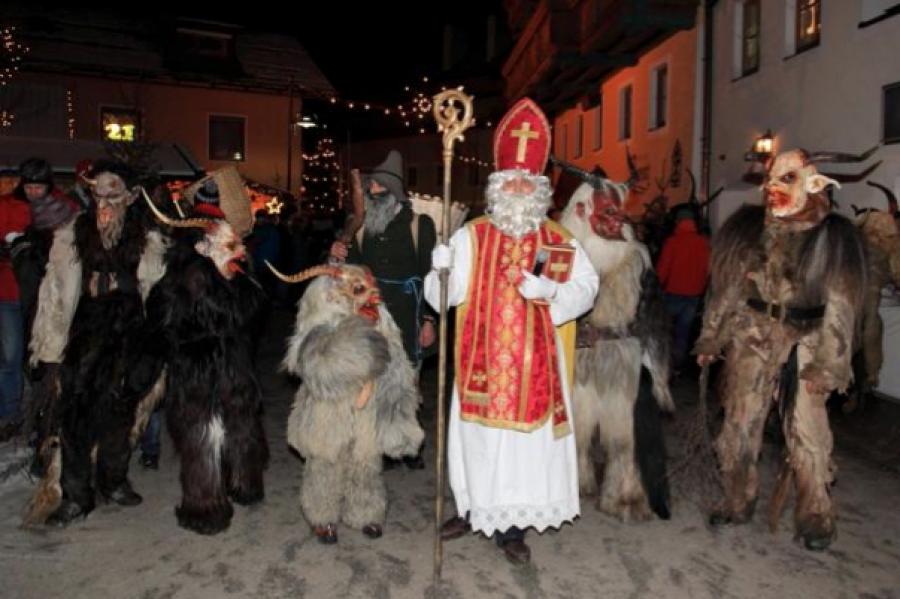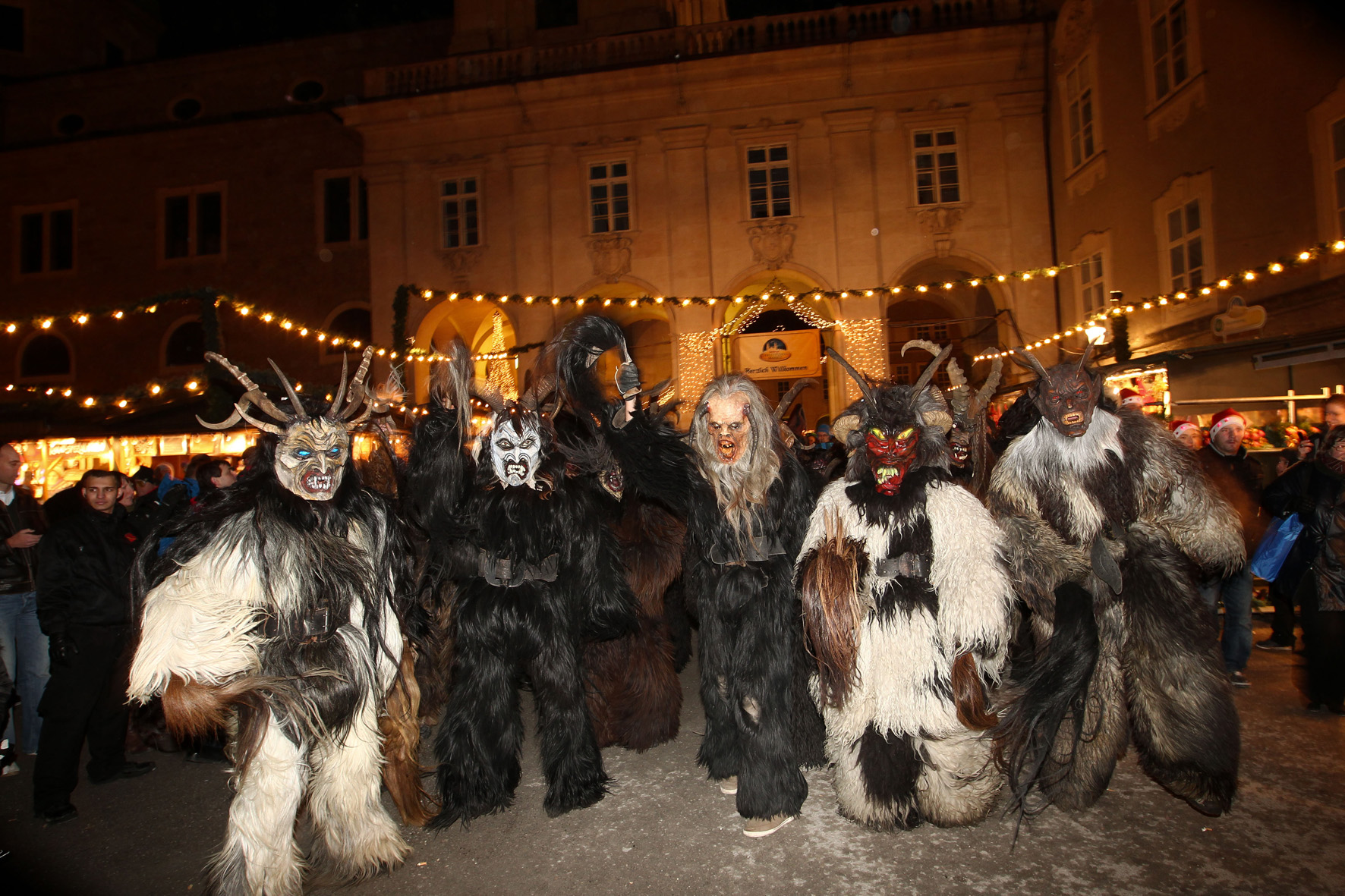Very often in traditional depictions of the Virgin and Christ Child, there is a goldfinch in the baby’s grasp. Why?
The most simple reason might be that in the 14th century it was common for young children to keep tame birds as pets. Christ’s holding a bird allows a parent or a child to recognize his human nature, to identify with him. Despite the angels and the celestial gold background, the viewer is reminded that God lived and died as a man upon the earth.
But when is traditional Christian art ever simple? Or easy?
The goldfinch appears in depictions of Christ’s birth or during his childhood because it was said that when Christ was carrying the cross to Calvary a small bird – sometimes a goldfinch, sometimes a robin – flew down and plucked one of the thorns from the crown around his head. Some of Christ’s blood splashed onto the bird as it drew the thorn out, and to this day goldfinches and robins have spots of red on their plumage. Since goldfinches are also known to eat and nest among thorns, the goldfinch is often read as a prefiguration of Christ’s Passion.
The bird could also be seen as a symbol of the Resurrection of Christ. A non-Biblical legend popular in the Middle Ages related how the child Jesus, when playing with some clay birds that his friends had given to him, bought them to life. Medieval theologians saw this as an allegory of his own coming back from the dead.
Medieval Europeans also saw the goldfinch as a protector against the plague. Since classical times superstition had credited a mythical bird – the charadrius – with the ability to take on the disease of any man who looked it in the eye. The charadrius was sometimes represented as a goldfinch. Perhaps Christ’s finch offers the worshiper protection against the seemingly unstoppable contagion.
Also, since Ancient Egypt, the human soul had been represented in religious art by a small bird. We see the “Ba” (the soul-bird) on a detail of an Egyptian coffins. A very general reading of the goldfinch might, therefore, remind the viewer that his soul is ‘in the hands’ of God.
Curious about that big cucumber hanging from the apple tree? Hmmm… Read an interesting interpretation of it here.

